12 Low-Impact Stretching Workouts to Relax Your Body
Let’s face it—we all carry tension in our bodies. Whether from sitting too long, running around all day, or simply life’s stressors, our muscles often feel tight and fatigued. The good news? You don’t need an intense fitness routine to feel better. Sometimes, all it takes is a few minutes of gentle, low-impact stretching to reset and relax your entire body.Stretching can do more than just increase flexibility. It can help you wind down, breathe more deeply, and release pent-up stress. In fact, regular stretching has been linked to better posture, reduced muscle pain, and even improved circulation. The best part? These moves don’t require any equipment and are suitable for almost every body type and fitness level.In this guide, we’ll explore 12 low-impact stretching workouts designed specifically to calm your nervous system, increase mobility, and provide that much-needed relief your body craves. These are the kinds of movements that feel like a hug from the inside out. Let’s dive in.
1. Seated Forward Bend
One of the most accessible stretches, the seated forward bend targets your hamstrings, lower back, and calves while promoting a sense of inward calm.Sit on the floor with your legs extended straight out. Inhale deeply, then exhale as you reach forward toward your toes. You don’t need to touch them—just aim to keep your spine long and relaxed. Use a towel or yoga strap around your feet if needed.This position encourages deep, diaphragmatic breathing. As your torso folds over your legs, it signals the parasympathetic nervous system to relax. It’s a great stretch to do first thing in the morning or before bedtime. Hold for 30–60 seconds and breathe deeply.
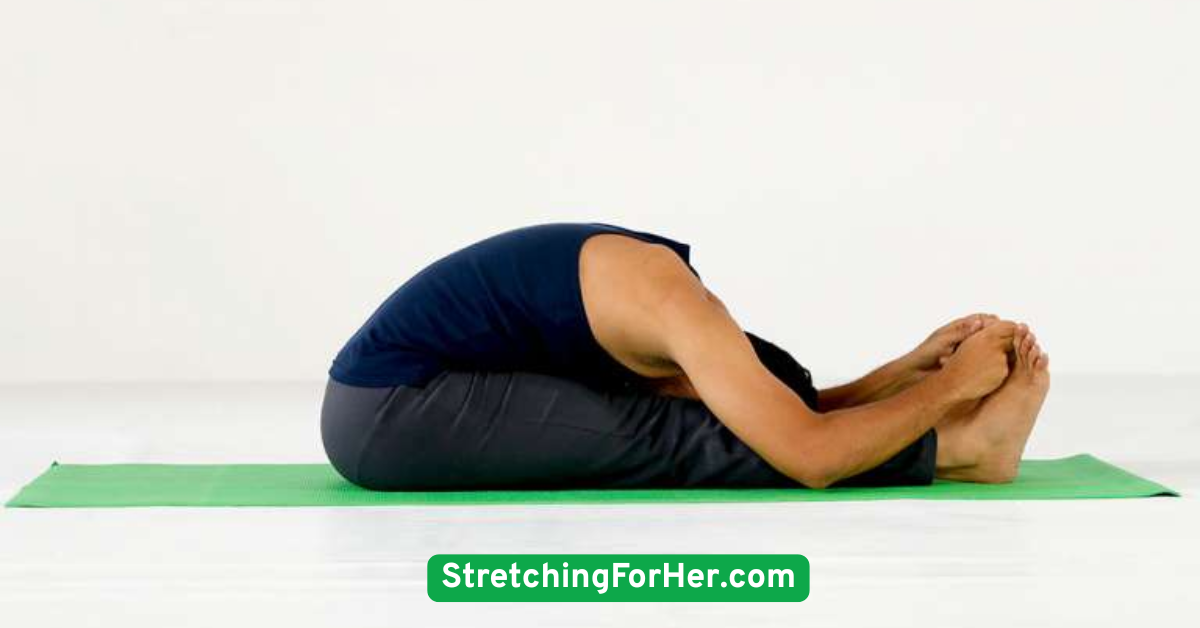
2. Reclining Spinal Twist
A gentle twist that relieves tension in your spine and lower back, this move is also great for digestion.Lie on your back and hug both knees to your chest. Drop your knees to one side while extending your arms in a T-shape. Turn your gaze in the opposite direction and breathe deeply. After 30–60 seconds, switch sides.This passive stretch helps decompress your spine and release tight lower back muscles. It also encourages circulation through the abdominal area, making it a go-to for post-meal relaxation or unwinding after a long day.
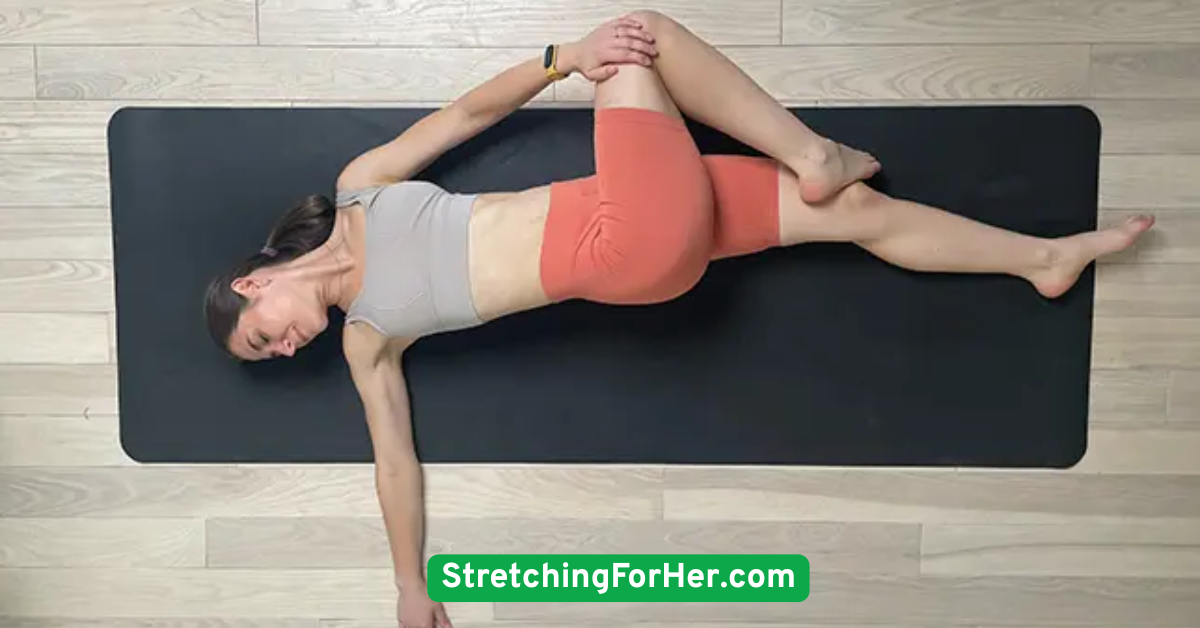
3. Cat-Cow Pose
This dynamic stretch is ideal for improving spinal flexibility and easing stiffness in your back.Start on your hands and knees in a tabletop position. Inhale as you arch your back, lifting your tailbone and gaze (Cow Pose). Exhale as you round your spine, tucking your chin and pelvis (Cat Pose). Move slowly and rhythmically for about 1–2 minutes.This stretch encourages spinal mobility and coordination of breath with movement. It’s especially useful in the morning or after long periods of sitting. Bonus: it’s also deeply calming when done slowly and mindfully.
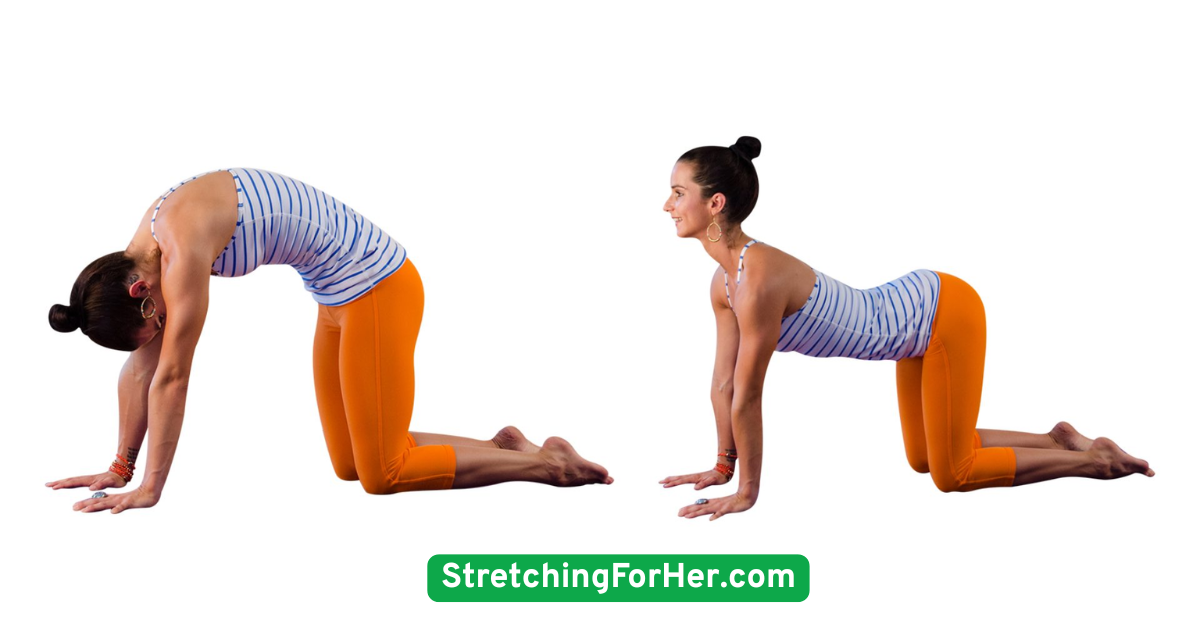
4. Child’s Pose
A fan favorite in restorative yoga, Child’s Pose is a resting posture that gently stretches your back, hips, and thighs while grounding your mind.From a kneeling position, bring your big toes together and knees wide. Sit back on your heels and reach your arms forward, lowering your forehead to the mat.This position allows your spine to decompress naturally. It’s also incredibly relaxing, especially when you consciously soften your shoulders and breathe deeply. Stay in the pose for up to 2 minutes for a full-body reset.
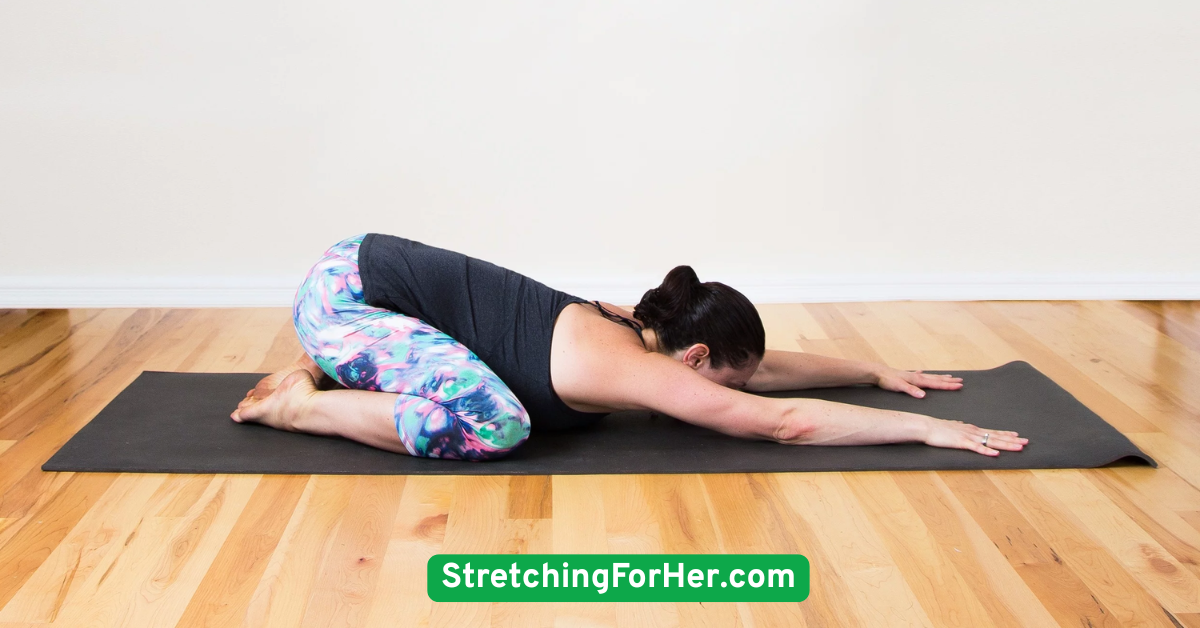
5. Standing Side Stretch
This simple move brings a deep release to the sides of your torso, which often tighten from sitting or stress.Stand tall with your feet hip-width apart. Raise your arms overhead and clasp your hands or wrists. Inhale to lengthen, then exhale as you lean to one side. Return to center and switch.The standing side stretch promotes spinal elongation, improves posture, and helps expand your rib cage, which can enhance your breathing. It’s a fantastic stretch to do mid-day, especially if you’ve been slouched at a desk.
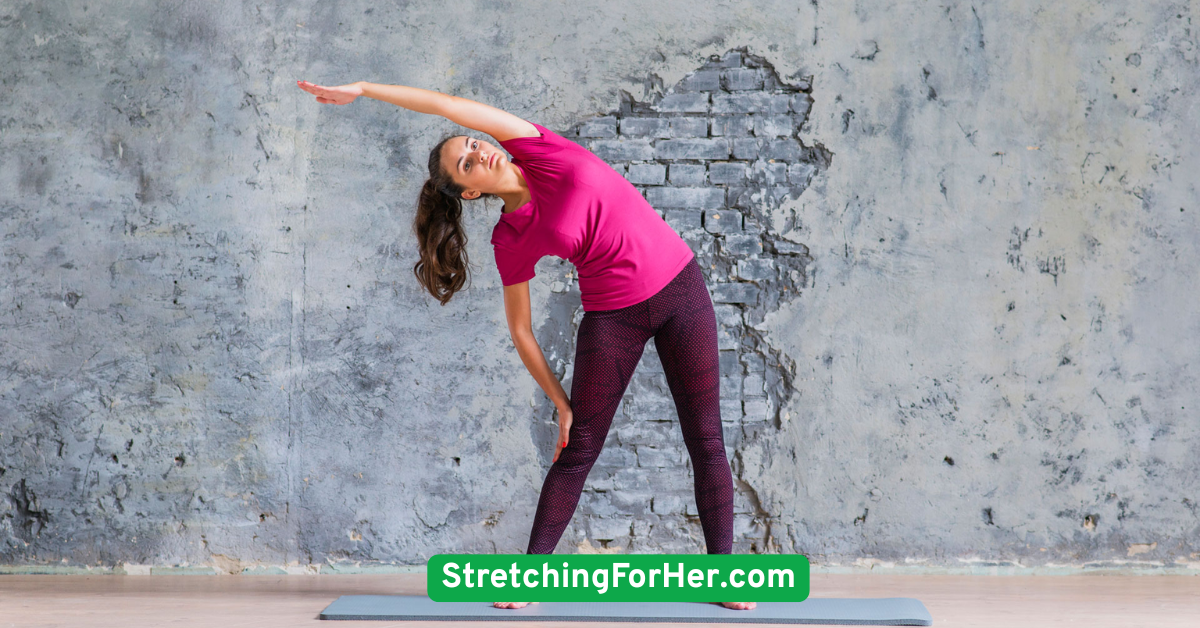
6. Supine Hamstring Stretch
Tight hamstrings can pull on your lower back and affect your mobility. This gentle stretch helps lengthen them without any strain.Lie on your back and extend one leg straight up. Hold the back of your thigh or calf (or use a strap). Keep your other leg bent or extended on the ground.Hold for 30–45 seconds, breathing slowly. Switch sides. This stretch also helps improve circulation in your legs and can be done lying in bed, making it a super convenient option.
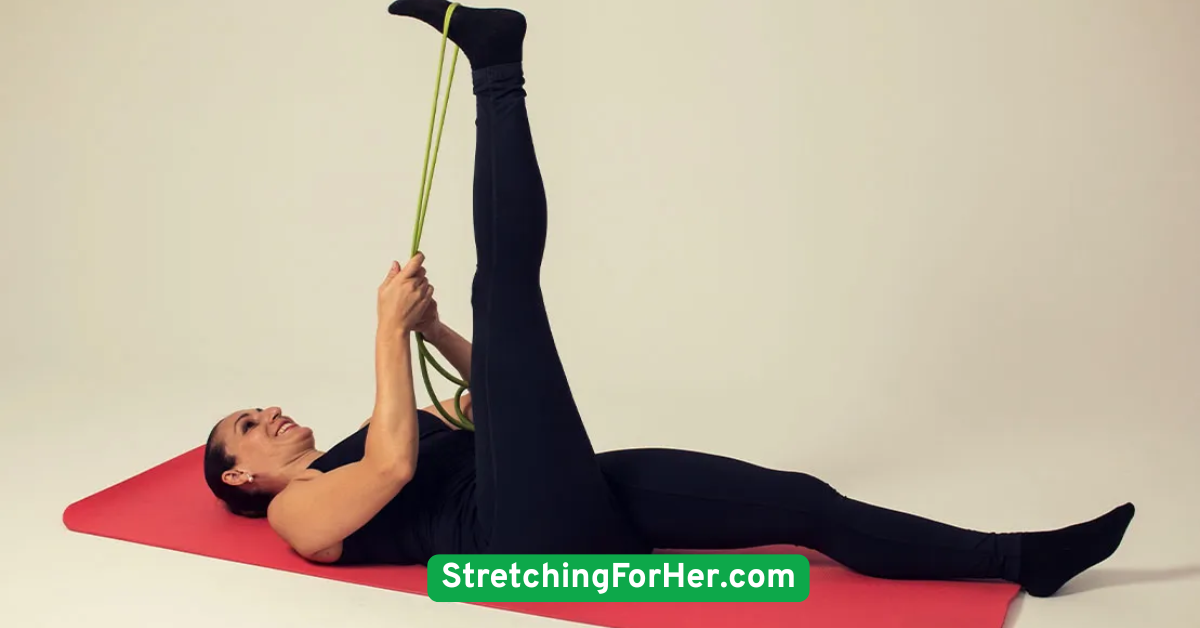
7. Neck Release Stretch
Neck pain from hunching over a screen? You’re not alone. This simple seated stretch can release major tension.Sit tall in a chair. Drop your right ear toward your right shoulder and use your right hand to gently increase the stretch. For added relief, tilt your chin slightly forward or backward. Repeat on the left side.This move helps ease tension in the neck and upper shoulders and supports better posture. You can do this stretch multiple times a day—even while working—to prevent stiffness.
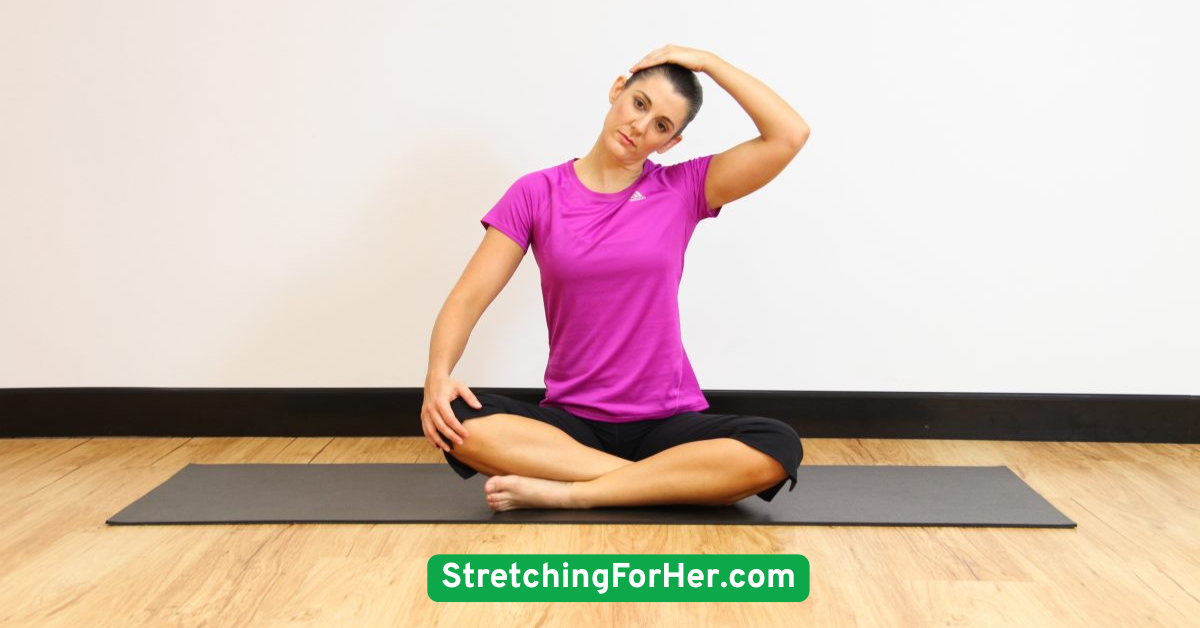
8. Chest Opener Against Wall
Hunched shoulders? Try this! A chest opener is perfect for countering the effects of slouching.Stand in a doorway or next to a wall. Place one arm at shoulder height on the wall and gently turn away from it until you feel a stretch across your chest and bicep. Hold for 20–30 seconds and switch arms.This stretch not only improves shoulder mobility but also supports deeper breathing by opening the front body. It’s great after long hours at a desk or when you want to feel more energized.
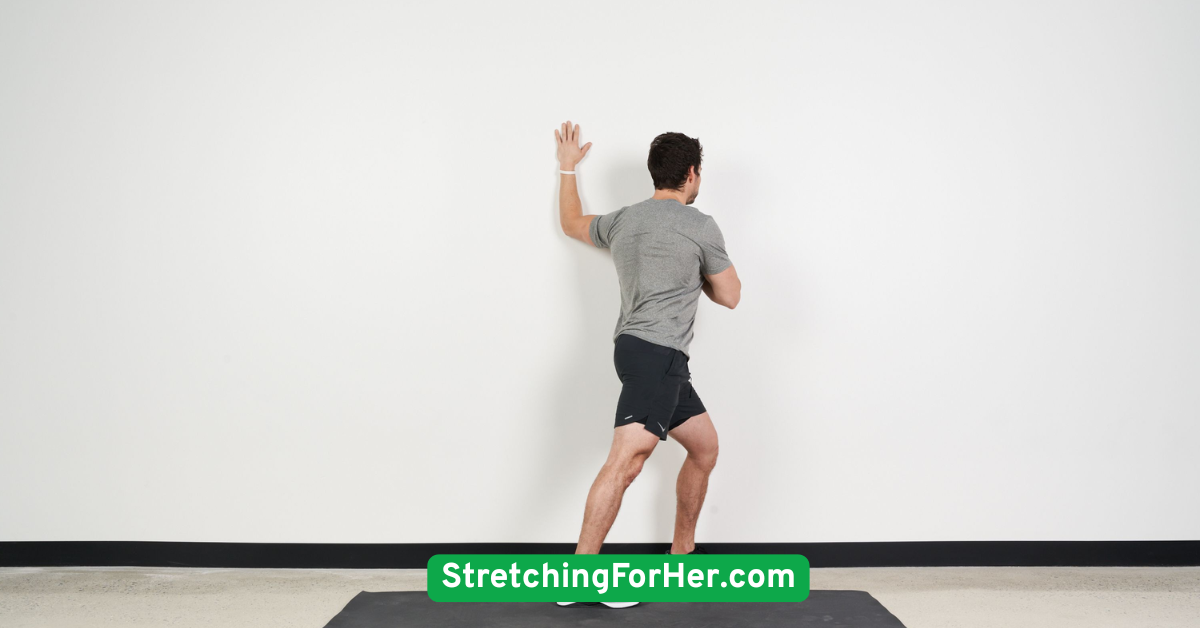
9. Butterfly Stretch
A classic hip-opener, the butterfly stretch improves flexibility in the inner thighs and groin.Sit on the floor with the soles of your feet together. Let your knees fall open naturally. Hold your ankles and gently press your knees down with your elbows, but don’t force it.This pose enhances range of motion in the hips and can also help with pelvic mobility. It’s often used in warm-ups, cooldowns, and recovery routines alike.
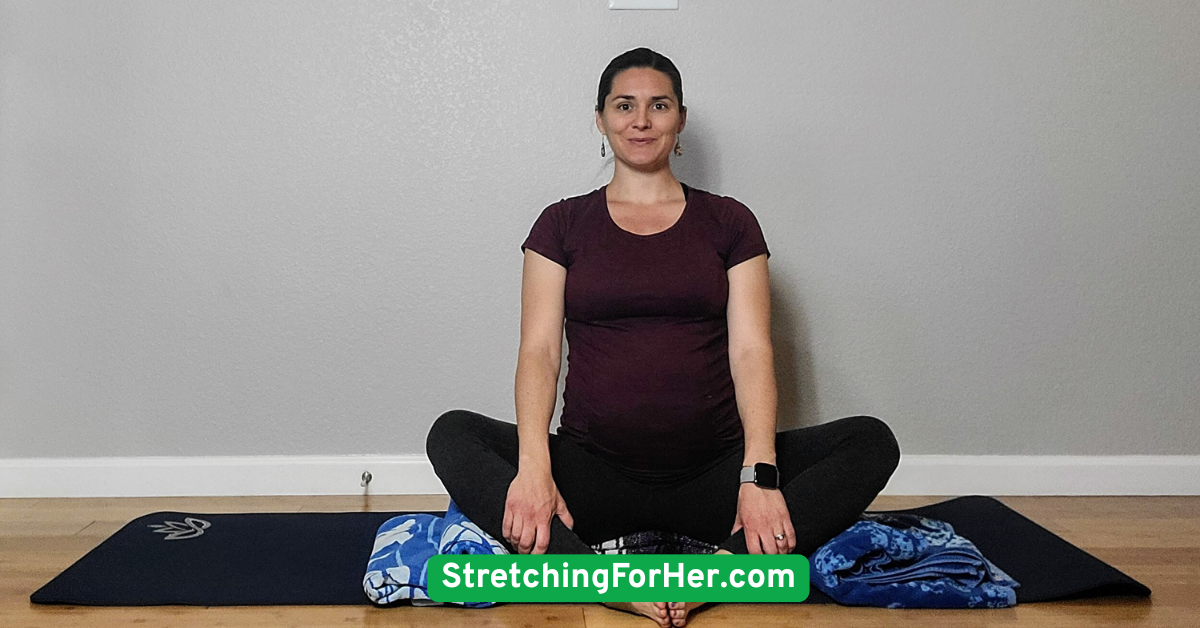
10. Wrist Flexor and Extensor Stretch
Wrist pain from typing or scrolling all day? This one’s for you.Extend one arm straight out with your palm facing up. Use your opposite hand to gently pull back on the fingers, then switch to palm down. Hold each position for 15–20 seconds.These stretches reduce tension in the forearms and wrists, help prevent repetitive stress injuries, and support long-term joint health. They’re easy to fit into short breaks during your workday.
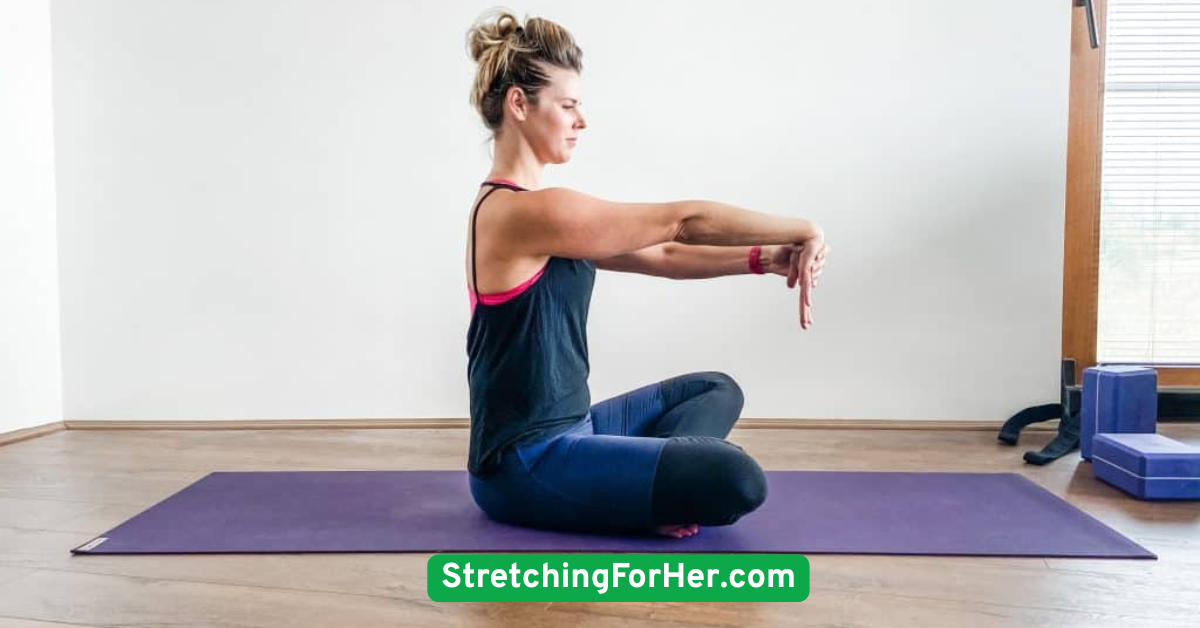
11. Ankle Rolls and Calf Stretch
Your ankles and calves are key to your overall mobility. These two moves help keep them flexible and strong.Roll each ankle slowly in circles to loosen the joint. Then stand facing a wall, place your hands on it, and step one foot back into a lunge, pressing the heel down for a calf stretch.These stretches increase lower leg mobility and prevent stiffness from long periods of sitting or standing. Plus, they’re great after walking or exercising.
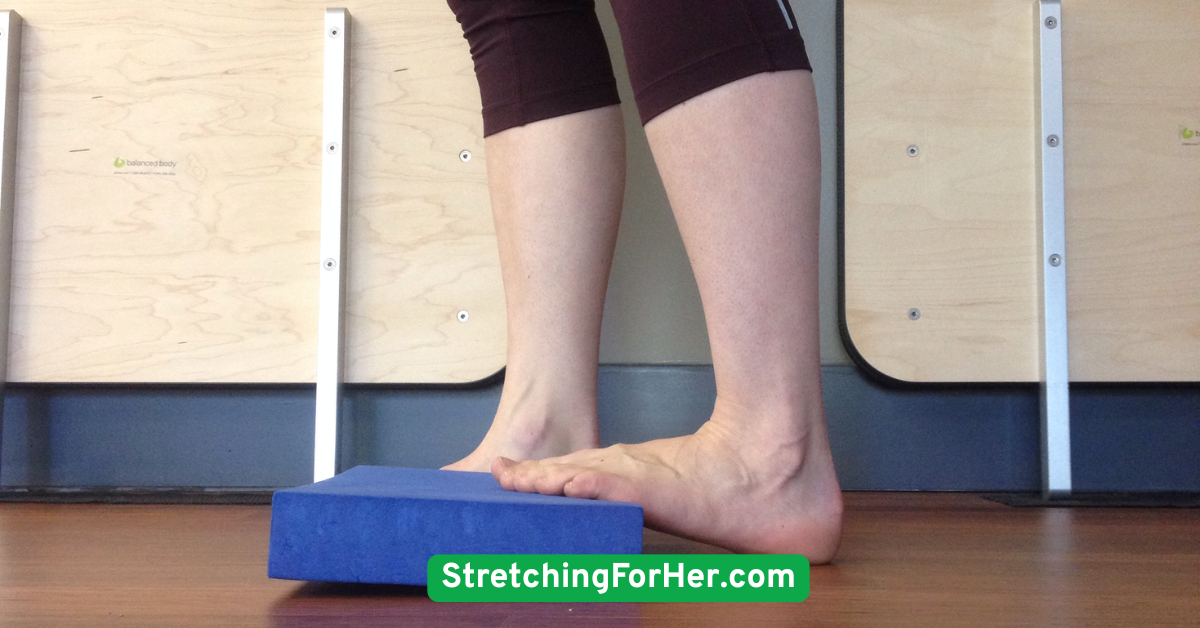
12. Legs Up the Wall (Viparita Karani)
One of the most calming poses out there, Legs Up the Wall helps drain tension and fluid from the legs while promoting total relaxation.Lie on your back with your legs extended up a wall. Scoot your hips close to the wall and rest your arms by your sides. Close your eyes and breathe.Hold for 5–10 minutes. This pose boosts circulation, calms the nervous system, and helps you wind down before sleep. It’s a favorite among yogis for good reason.
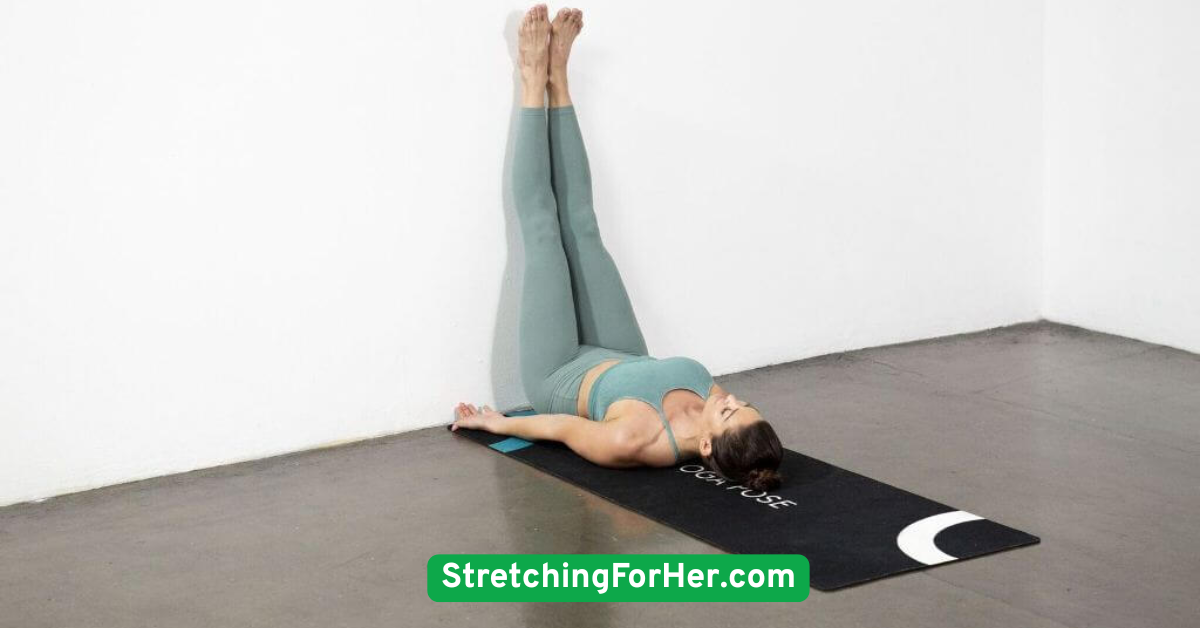
Conclusion
Incorporating low-impact stretching into your day doesn’t take much time, but the benefits can be immense. These 12 exercises offer a full-body experience that improves flexibility, encourages better posture, and helps you feel more grounded and relaxed.Whether you use them as a morning wake-up, a mid-day break, or a bedtime wind-down, these stretches meet you where you are. You don’t need fancy gear or a gym membership. Just a few minutes, a quiet space, and the willingness to breathe and move.





